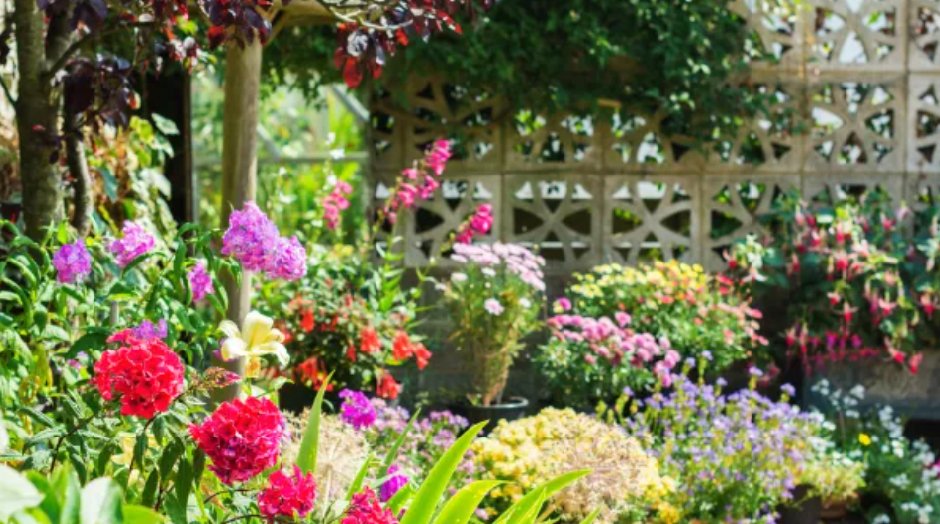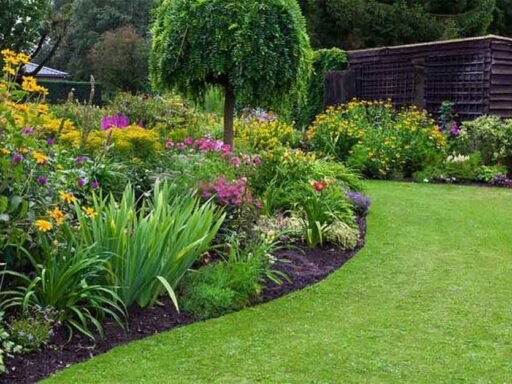Gardening became more than a leisure activity; it became an adventure that follows the seasons as they change constantly. Its distinct beauty is revealed every season, enabling gardeners to fulfill their dreams of growing flowers and plants.
This guide, complete with tips and knowledge for navigating the many temperaments of each season, is designed to go with you on this journey. It promises constant assistance, ensuring your garden flourishes as a haven of beauty and growth independent of the whims of the weather.
As you go through this article, your garden will become a bright tribute to the cycles of nature and your everlasting commitment to them. Let’s take your garden to the next level of natural beauty and commitment together.
Discovering the Value of Local Plant Nurseries
Plant nurseries are more than just places to buy plants; they’re vital resources with expertise for every gardener. Beyond offering seasonal plants, they provide indispensable advice on plant care, making them essential to nurturing a thriving garden. Reputable plant and tree nurseries tailor their selection to fit the local climate and environment perfectly, ensuring your garden is beautiful and sustainable. By choosing these establishments, you’re not just picking up plants; you’re investing in a resilient and well-established ecosystem for your garden, contributing to local prosperity and fostering a community of like-minded green thumbs.
Spring- A Time for Rebirth
Spring arrives with a new lease on life as winter bids goodbye and the days expand. Now is the ideal time to plant flowers and vegetables so they can enjoy the nicer weather. Consider starting your vegetable patch earlier. Lettuce, peas, and radishes are your best bet for some early bounty. How about a splash of color? Daffodils, tulips, and daisies will be your best buddies soon. After the last frost has passed, it’s time to tidy up the garden, ensure the soil is in good condition, and determine whether it’s ready to support your plants to their full potential.
Summer- Peak Season and Abundance
Summer is when the garden truly shines, requiring a balance of care and enjoyment. Vegetables, like tomatoes, cucumbers, and peppers, thrive in the warmth alongside flowers such as roses, lilies, and zinnias. It’s crucial to pay attention to watering routines to keep your plants hydrated without risking overwatering. Using mulch helps retain moisture in the soil and keeps the roots cool. Managing pests is vital during this time when bugs are most active. Opting for natural pest control methods like insects or nontoxic repellents can safeguard your garden without chemicals.
Autumn- Harvest Time Prepares for Change
Fall serves the purpose of reaping summer rewards while gearing up for days ahead. Planting vegetables like kale, carrots, and broccoli allows for a harvest. Adding flowers such as chrysanthemums, asters, and marigolds brings a burst of color to your garden before winter sets in. It’s also essential to winterize your garden by applying mulch for insulation against freezing temperatures and sowing cover crops to maintain soil quality.
Winter- A Season for Reflection
Winter doesn’t mark the end of gardening activities. It provides an opportunity for contemplation and future planning. Vegetables that can withstand the cold, like spinach, onions, and garlic, can still be cultivated, depending on where you live. Winter presents an opportunity for gardening activities, whether caring for houseplants or starting seedlings for the upcoming spring season. This time of year calls for patience and groundwork preparation to set the stage for what lies ahead.
Tips for Gardening Throughout the Year
Maintaining a garden all year round requires mastering practices that promote the well-being and productivity of your outdoor haven.
- Crop Rotation: This traditional method revives the soil and disrupts pest patterns by periodically changing the types of crops grown in each area. It helps prevent depletion and disease buildup, making it an essential aspect of gardening.
- Understanding Your Garden’s Climate: Knowing your garden’s climate zone is essential to selecting plants that thrive in your environment. This knowledge helps you plan when to plant and choose species that can handle the weather conditions, ensuring your garden stays strong throughout the year.
- Natural Pest Control: Opting for pest management techniques like introducing insects and companion planting can help decrease harmful pests without chemicals. These methods promote an ecosystem supporting plant health without interventions.
- Innovative Watering Strategies: Proper watering is essential for plant health, preventing overwatering and underwatering. Drip irrigation delivers water directly to plant roots, reducing water waste and ensuring plants get moisture.
By incorporating these practices, you can enhance the beauty and productivity of your garden and help maintain its natural balance.
Conclusion
Diving into year-round gardening transforms your space into a living ecosystem. Aligning with the seasons means more than just growing plants—it means nurturing a piece of nature itself. Remember, your local plant shops and gardening communities are more than resources; they’re partners in your green journey, brimming with knowledge and encouragement. Whether you’re gearing up for spring planting or planning your winter comeback, gardening is your ticket to connect with nature, offering endless opportunities to experiment and observe the beauty of seasonal change.
So, take the leap, plan a bit, and let yourself dream of a garden that thrives all year. Your little slice of the outdoors is waiting for you to bring it to life. Here’s to a year of lush growth, learning, and the simple joy of gardening!






